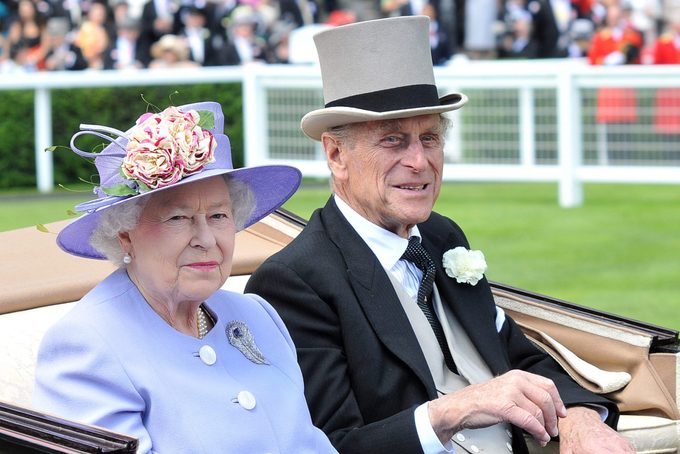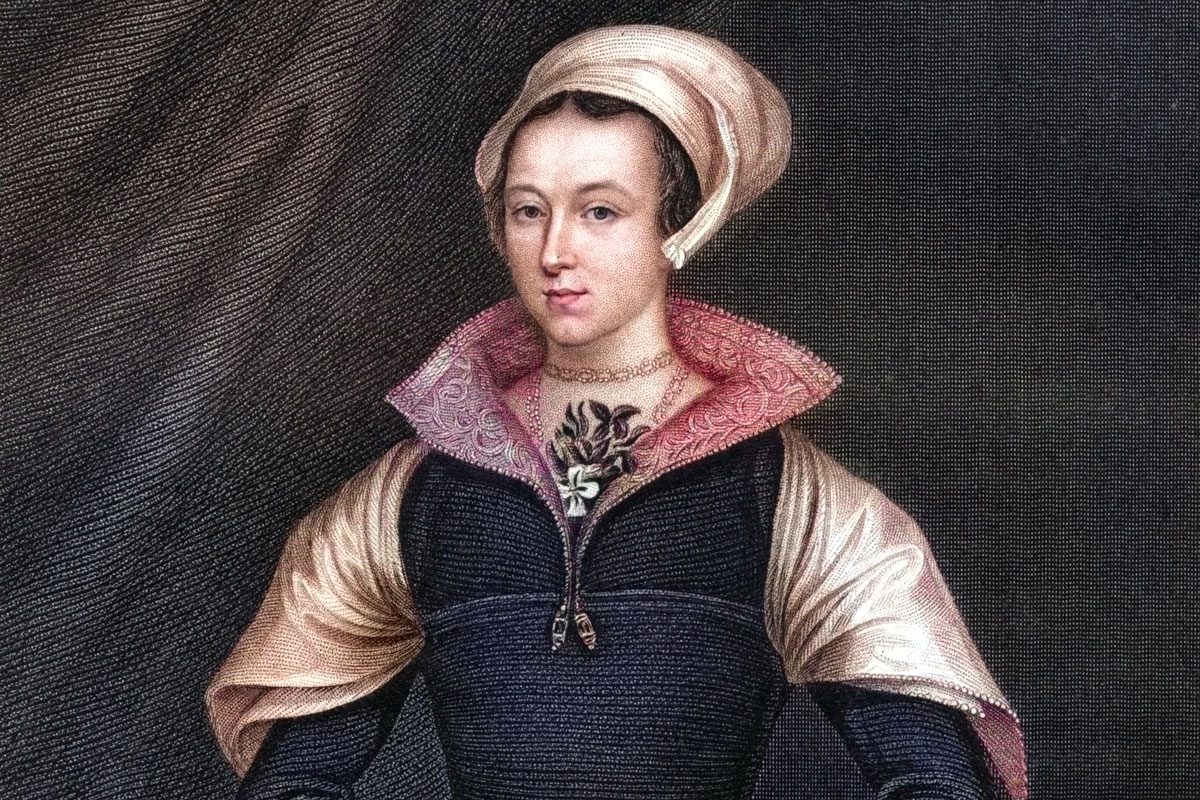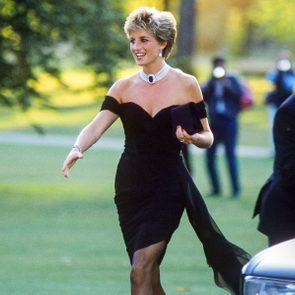Prince Philip remained a prince, even after Elizabeth became queen. Why was Prince Philip not king?

Why Wasn’t Prince Philip the King of England?

Prince Philip, Duke of Edinburgh, was married to Queen Elizabeth II for more than 73 years, making him the longest-serving royal consort (aka spouse) in British history. But he was never called king. What gives? If Elizabeth was queen, why was Prince Philip not king? Well, it’s complicated.
You might think a fancy title like duke or prince is pretty great, and for the nearly three-quarters of a century that Elizabeth ruled, no one so much as batted an eye at the seemingly unfair naming convention. Is it some secret royal loophole? A Game of Thrones–esque power move? Nope—it all comes down to some very old (and honestly, kind of weird) royal traditions.
Reader’s Digest spoke to Carolyn Harris, a royal expert, professor of history and the editor of English Consorts: Power, Influence and Dynasty to find out why Philip wasn’t called king. Ahead, Harris explains the long history of the naming tradition and answers more burning questions about the royals along the way.
Get Reader’s Digest’s Read Up newsletter for more royals, etiquette, humor, cleaning, travel, tech and fun facts all week long.
Why wasn’t Prince Philip king of England?
The short answer: Since Philip married the heir to the throne, his role was always that of a royal consort—not a reigning monarch. Makes sense so far: Elizabeth was the ruler, not Philip. But to use a current example, King Charles’s wife, Camilla, is called queen, so why wasn’t Philip called king? That’s a longer explanation, and it involves just who gets to be called a king or queen.
In the British constitutional monarchy, title designations follow strict rules. When a man becomes king, his wife gets to be queen consort—nice and simple. But a man doesn’t automatically become king just because he’s married to a queen. “This is because the title of king traditionally outranks that of queen, even a queen regnant who reigns in her own right,” Harris explains.
Because the title of king is considered higher than queen, calling Philip king might make it seem like he had ruling power—which he didn’t. Instead, when a queen is in charge, her husband gets a fancy title like duke, prince or (less formally) “guy who walks two steps behind the queen.”
Where did this rule come from?

Harris shares a brief history lesson: This tradition goes back to 1553, when Lady Jane Grey, England’s short-lived “Nine Days Queen,” refused to give her husband, Guildford Dudley, the title of king. (He remained a duke instead.) Later, Queen Mary I married Philip of Spain, who was allowed to be called king during her reign, though Parliament limited his power under a mouthful of a law called the 1554 Act for the Marriage of Queen Mary to Philip of Spain.
You don’t have to remember all that, but just know: The answer to the question “why wasn’t Philip king of England?” is … tradition.
What are the rules of royal titles?
In royal marriages, gender plays a significant role in determining titles:
When a male heir to the throne marries: His wife traditionally becomes queen consort. This is why Queen Elizabeth II’s mother was also known as Queen Elizabeth (later the Queen Mother) when married to King George VI.
When a female heir to the throne marries: Her husband does not become king (consort or otherwise). This is because the title of king is seen as superior to queen, and bestowing it upon a consort could create the false impression that he holds ruling power.
So in the British system, the title of king carries sovereign authority, whereas queen consort does not. The title of king is only granted to a male who ascends to the throne by birthright, not through marriage. (Usually … more on the exceptions to this rule below.)
What was Philip’s actual title?
His official title was His Royal Highness The Prince Philip, Duke of Edinburgh, Earl of Merioneth, Baron Greenwich. Quite the mouthful!
He was born Prince Philip of Greece and Denmark, but he gave up those titles when he became a British citizen in order to marry Elizabeth. (The things we do for love!) When he married Elizabeth in 1947, he was given the duke, earl and baron titles, and 10 years later his wife named him Prince of the United Kingdom.
Despite his many titles, Philip chose to go by the shortened version of his official title, Prince Philip, Duke of Edinburgh, for most of his life.
Why wasn’t Philip called king consort?
As the husband of a sovereign, Philip was a royal consort, but he was never called king consort. Why?
Harris says that after that 1554 marriage act, British queens handled their husbands’ titles in their own way. Queen Elizabeth I never married, so she didn’t have to worry about it. Next, Queen Mary II ruled jointly with her husband, King William III. The next three queens—Queen Anne, Queen Victoria and Queen Elizabeth II—all married European princes, and none of their husbands were made king.
Instead, their husbands, all British royal consorts, held other titles:
- Queen Anne’s husband, George of Denmark, was the Duke of Cumberland.
- Queen Victoria’s husband, Prince Albert, was Prince Consort.
- Queen Elizabeth II’s husband, Prince Philip, was the Duke of Edinburgh.
So how come Prince Albert got the official consort title when the other consorts did not? Because … Queen Victoria granted him the prince consort title in 1857. And queens get to do what they want!
Why is Camilla a queen if Philip wasn’t a king?
Harris says that under English Common Law, a wife takes on the same rank as her husband. So, since Charles is king, Camilla is queen—simple as that. The title of queen has traditionally meant the king’s wife, and Camilla fits the bill.
But, she adds, for a moment, things weren’t so clear. Back when Charles and Camilla got married in 2005, there was talk that she might be called princess consort instead of queen when Charles took the throne. That would have been a major shake-up in royal traditions and “could have set a new precedent for future royal spouses,” Harris says.
However, Elizabeth intervened on Camilla’s behalf when in February 2022, during her Accession Day message, she announced that she wished for Camilla to have the queen consort title once Charles ascended to the throne. Many questioned what the title meant, and it soon became one of 2022’s Merriam Webster’s words of the year.
So when Charles became king in 2022, Camilla became queen consort, just like all the other wives of kings before her. Many people now drop the “consort” part in everyday use, making her just Queen Camilla.
What does this mean for Kate’s title when Prince William becomes king?
It is expected that the next king will follow established tradition. “Since Camilla became queen when King Charles III became king, Catherine will also become queen when William succeeds to the throne as King William V,” Harris says.
When William became Prince of Wales when Charles took the throne, Kate became Princess of Wales (a title synonymous with her late mother-in-law, Princess Diana), the titles they currently hold. They will become king and queen when Charles’s reign comes to an end.
Additional reporting by Lauren Cahn.
About the expert
|
Why trust us
Reader’s Digest has published hundreds of stories on the British royal family, providing a behind-the-scenes look at the fascinating facets of the monarchy. We regularly cover topics including the latest royal news, the history and meaning behind time-honored traditions, and the everyday quirks of everyone’s favorite family members, from Queen Elizabeth’s daily snack to Prince William’s confessions about his home life. We’re committed to producing high-quality content by writers with expertise and experience in their field in consultation with relevant, qualified experts. We rely on reputable primary sources, including government and professional organizations and academic institutions as well as our writers’ personal experiences where appropriate. We verify all facts and data, back them with credible sourcing and revisit them over time to ensure they remain accurate and up to date. Read more about our team, our contributors and our editorial policies.
Source:
- Carolyn Harris, Ph.D., instructor in history at the University of Toronto School of Continuing Studies; email interview, March 13, 2025























